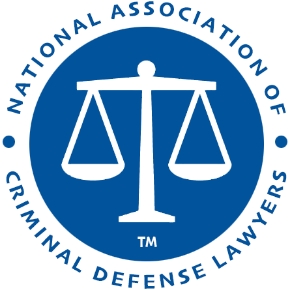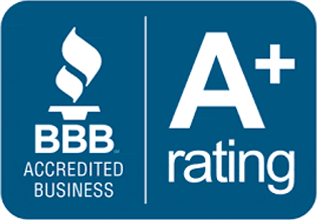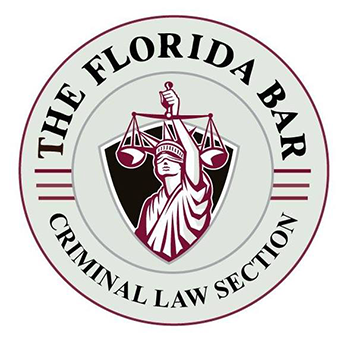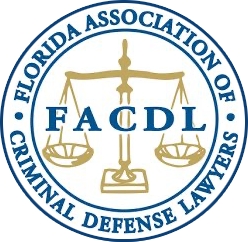The GENIUS Act
The Guiding and Establishing National Innovation for U.S. Stablecoins Act (GENIUS Act) anticipates a comprehensive regulatory framework for payment stablecoins, digital assets pegged to a fixed value, like the U.S. dollar. The GENIUS Act also provides for the government’s ability to seize or freeze stablecoin assets due to its illicit finance provisions.
The GENIUS Act strengthens the government’s ability to pursue asset forfeiture involving stablecoins by requiring stablecoin issuers implement the necessary anti-illicit finance controls. The GENIUS act requires stablecoin issuers to build the technical capabilities to freeze and seize assets after being served with a lawful order issued by a judge in the United States, which directly facilitates the execution of both civil and criminal asset forfeiture.
The GENIUS Act treats “Permitted Payment Stablecoin Issuers” (PPSIs) as financial institutions for purposes of the Bank Secrecy Act (BSA). As such PPSIs must implement Anti-Money Laundering (AML) and Countering the Financing of Terrorism (CFT) programs and comply with Office of Foreign Assets Control (OFAC) sanctions. By monitoring and reporting suspicious activity, law enforcement officers can follow up on reports that might culminate in asset forfeiture actions.
The GENIUS Act explicitly requires stablecoin issuers to have the “technical capabilities, policies, and procedures to block, freeze, and reject specific or impermissible transactions that violate Federal or State laws, rules, or regulations.” This provision ensures the platform will comply with lawful government orders to freeze or seize the stablecoins of sanctioned individuals or those tied to criminal activity.
On July 30, 2025, the Working Group on Digital Asset Markets issued its report digital assets, “Strengthening American Leadership in Digital Financial Technology” (the Report). The report was mandated by President Donald Trump’s executive order on digital assets issued on January 23, 2025. That EO established the working group and gave it 180 days to recommend new regulatory and legislative changes in the digital asset sector. Regarding criminal and civil asset forfeiture proceedings, the Report provides:
“Illicit actors use certain tools and methodsſsuch as mixers, anonymity-enhanced cryptocurrencies (AECs), and chain-hopping to obfuscate transactional information that may be otherwise viewable on public blockchains. These tools and methods can hinder law enforcement investigations, including tracing criminal proceeds for seizure and forfeiture, which can allow victim compensation.
While these methods and tools may also be used for legitimate digital assets activities, including by user who want increased privacy for digital asset transactions….they can heighten illicit finance risks if they do not simultaneously allow for or promote risk mitigation measures. Illicit actors may also use DeFi services, along with self-custody, to facilitate peer-to-peer transactions in the laundering process. While there are licit reasons to self-custody digital assets…, illicit actors can use the pseudonymity of self-custody and peer-to-peer payments to conceal or to quickly move proceeds.”
This article was last updated on Friday, October 24, 2025.














